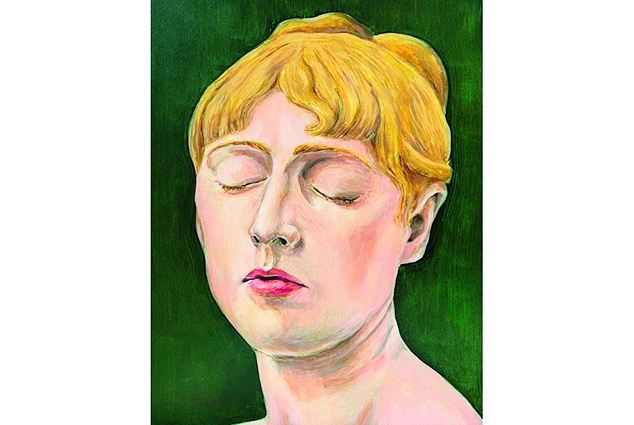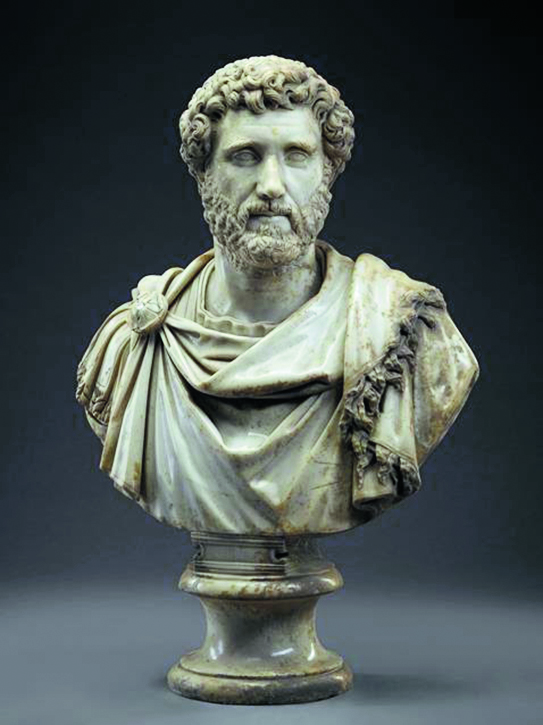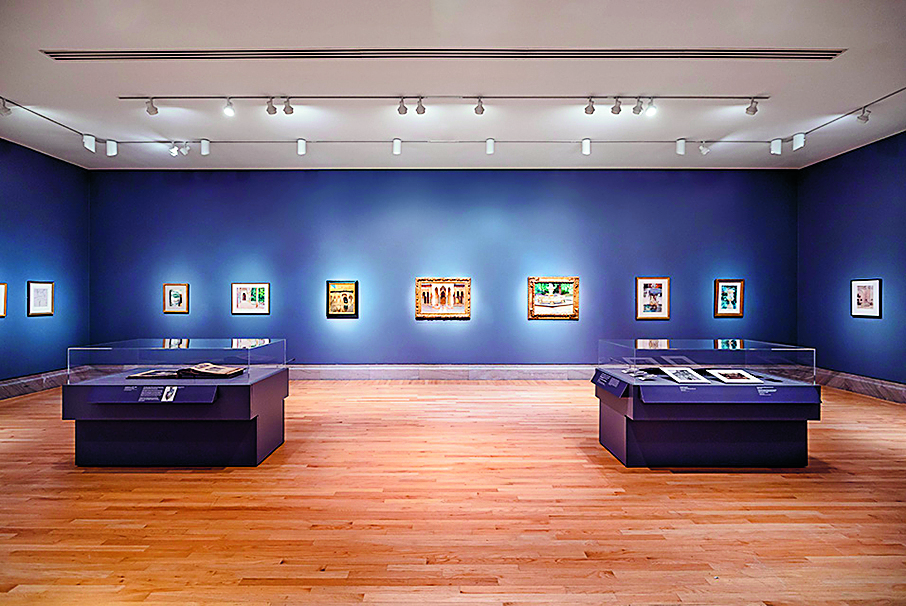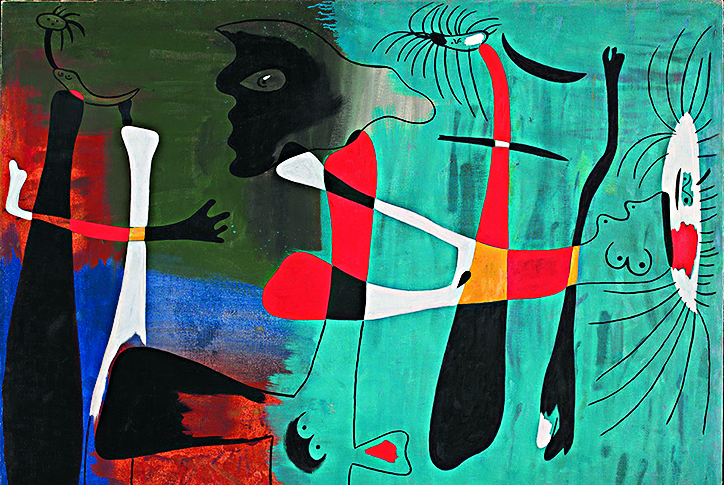
With over 100 exhibits from Greece’s leading museums, a new exhibition at Oxford’s renowned Asmolean Museum reveals the legend of the Minotaur. This collaboration is of great strategic importance between the Hellenic Ministry of Culture and Asmolean to present the exhibition “Labyrinth: Knossos, Myth and Reality” to an international audience. The exhibition features more than 200 exhibits highlighting the most important Asmolean collections, as well as an archive of photographs and documents highlighting key moments in the discovery of Knossos between 1900-1905.
This is another way to tell the story of the excavations at Knossos, approaching the personality of Sir Arthur Evans (Director of Asmolean in the early 20th century). For centuries, the myth of the Labyrinth and the Minotaur captured the imagination of scholars and travelers, until in 1878 Minos Kalokairinos discovered traces of a building at Knossos. At a time when Crete was partly under the control of the Ottoman Empire, there was a risk of the theft of antiquities and the transport of finds to Constantinople. Special permission was given to Arthur Evans. The contribution of the National Archaeological Museum and the Archaeological Museum of Heraklion is decisive in the creation of this exhibition, which will run until 30 July. Asmolean has the most important collection of Minoan archeology outside of Crete. Xa Sturgis, director of the museum, said the exhibition reassesses Evans’ interventions in their historical context and offers an in-depth look at Minoan culture and Greek mythology, as well as an understanding of British archaeological history. The organization of this exhibition by the archaeologist Polyxenius Adam-Veleni in the texts adopted by the Asmolian characterizes the organization of this exhibition as exceptional. “This is a tribute to the scientist who raised this important archaeological site from oblivion. Although this site was identified before Evans, favorable conditions for excavations were created during the time of the Cretan state.
The Bodleian Library and the Royal Greenwich Museums also provided maps, manuscripts and books for the exhibition.
Views of the world

LINDS
Rodin’s women
60-year-old British artist Rebecca Fortnum, continuing her exploration of female art forms, presents a new exhibition at the Henry Moore Institute in Leeds dedicated to women sculptors or apprentices of the sculptor Auguste Rodin (1840-1917). In the Parisian atmosphere of 1890-1900, Rebecca Fortnum juxtaposes the figures of her artist. Until 1897, women were not admitted to the School of Fine Arts.

LOS ANGELES
Acquired by Getty
The Paul Getty Museum has announced that it has purchased a large-scale Roman sculpture from Sotheby’s auction. This is a bust of the Emperor Antoninus Pius (reigned 138-161 AD), for whose removal from the United Kingdom the Arts Council is awaiting the necessary procedures. The sculpture was created a year after the recovery of Antoninus Pius.

PARIS
New gallery
Founded in São Paulo to promote Brazilian art, the Mendes Wood DM International Gallery has grown into an international nursery for contemporary art. The opening of a branch in Paris was recently announced, in Place Voz, in the historic square (where Victor Hugo’s house is also located). It will occupy 200 sq.m. on two floors of one of the historical buildings of the 17th century and will be opened in July.

SAN FRANCISCO
Sargent and Spain
The San Francisco Museum of Fine Arts presents Sargent and Spain, the first exhibition on the influence of Spanish culture on the worldview of American artist John Singer Sargent (1856–1925). The charm shown over him by Spain has given rise to an impressive number of works. Sargent was as fascinated by the myth of Spain as he was by the modern country.

BILBAO
Joan Miro
The Guggenheim Museum Bilbao dedicates a large exhibition to Joan Miró (1893–1983) titled “Absolute Reality. Paris, 1920-1945″, which sheds light on the artist’s relationship with Paris. His first trip in 1920 influenced his work and personality, mainly in terms of exposure to new ideas, until the 1940s, when he developed his distinct visual identity.
Source: Kathimerini
Ashley Bailey is a talented author and journalist known for her writing on trending topics. Currently working at 247 news reel, she brings readers fresh perspectives on current issues. With her well-researched and thought-provoking articles, she captures the zeitgeist and stays ahead of the latest trends. Ashley’s writing is a must-read for anyone interested in staying up-to-date with the latest developments.